There is a stronger appetite for cattle aged under 30 months in the last week, with numbers tightening.
This is not surprising given the spring-calving nature of both the dairy and suckler herds, with cattle born before May 2017 exceeding 30 months of age.
Many sellers report these animals being fast-tracked through the booking process. In contrast, producers with cattle aged over 30 months continue to face significant delays.
The increase in demand is not generally translating into higher prices, with steers trading on a base of €3.45/kg with a push being made for €3.50/kg.
There is a range in the heifer price paid, with the majority trading on a base of €3.45/kg to €3.50/kg and small numbers hitting a base of €3.55/kg.
Demand for under-30-month cattle is said to be boosted by factories filling Christmas contracts and also by some plants being more anxious in sourcing cattle for the Chinese market.
We have reports of a bonus of 10c/kg being offered by some factories approved by China for cattle suitable for that market, which means strictly under 30 months.
Some producers with a mixture of cattle aged under and over 30 months are using this to their advantage and holding out to move a mixture of stock rather than just the animals under 30 months.
The tightening in cattle aged under 30 months is improving demand for young bulls. This is reflected in last week’s young bull kill increasing by 433 head to reach 3,494.
This underpinned an increase in the overall kill, which increased by 256 head to reach 39,094. Bulls prices are steady, with U grades selling from €3.50/kg to €3.55/kg, while R grades range from €3.40/kg to €3.45/kg. O grading bulls are trading anywhere from €3.15/kg to €3.30/kg depending on quality.
Bulls less than 16 months and trading on the grid are moving on a base of €3.40/kg to €3.45/kg, but note that most factories are still operating an upper carcase weight limit for payment on the grid of 400kg, with this rising to 420kg in infrequent cases.
The cow trade is also unchanged, with prices variable depending on numbers on offer, cow type and the negotiating power of the seller.
P+3 grades range anywhere from €2.50/kg to €2.65/kg, with P2 grades selling from €2.00/kg to €2.40/kg, while under-fleshed P1 and light-carcase cows are selling back to €1.40/kg to €1.60/kg. O grades range from €2.70/kg to €2.80/kg, with R grades meeting a wider differential of anywhere from €2.90/kg to €3.10/kg.
Greater feedlot activity
The greatest change in the beef trade in marts in recent days is agents purchasing cattle of behalf of factory feedlots.
The ABP group in particular has been active in marts held since the weekend for Angus and Hereford steers and heifers.
Prices reported average €1.70/kg to €1.90/kg, but up to €2/kg and a little more has been paid for top-quality lots.
NI and British trade
Prices in the North continue to move up this week, with U-3 steers and heifers being quoted from £3.26/kg to £3.30/kg (€4.01/kg to €4.06/kg). Prices as high as £3.40/kg (€4.18/kg) have been reported to the Irish Farmers Journal, but with strict specification requirements attached and if these aren’t met, then prices are cut back to £3.30/kg or less.
Reported prices from Britain have shown another increase this week to £3.39/kg for R4L steers (€4.17/kg), an increase of 2p/kg, and R4L heifers were making on average £3.36/kg (€4.13/kg), an increase of 1p/kg.




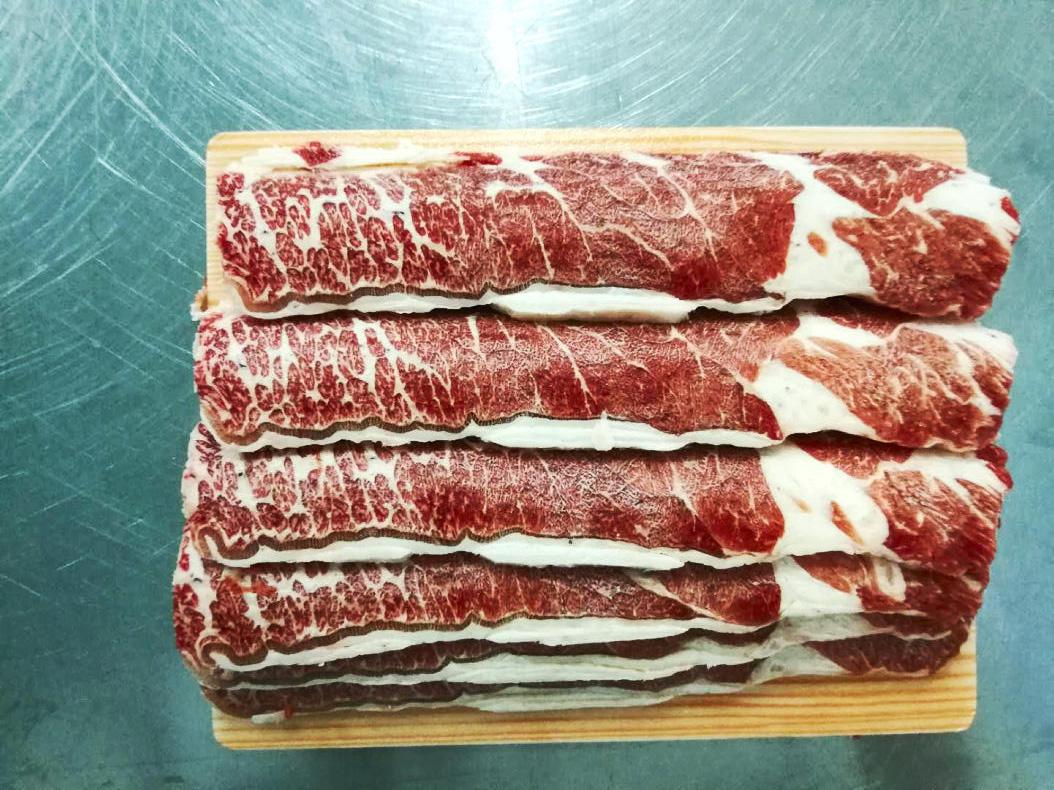
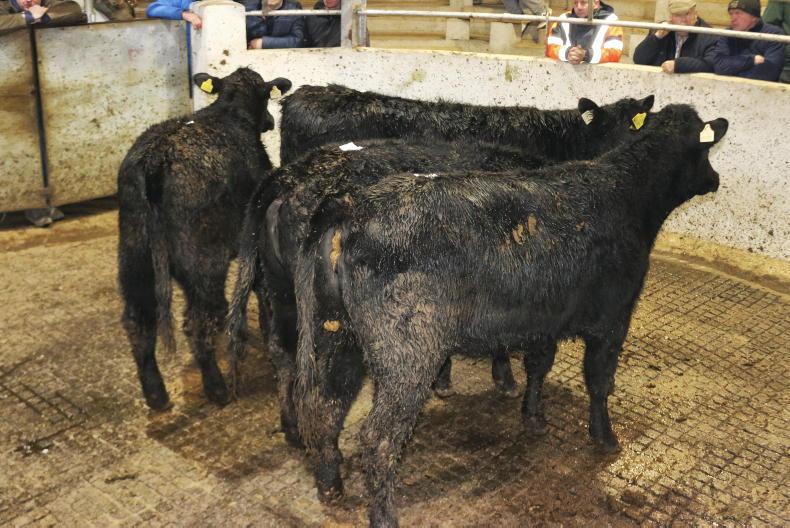

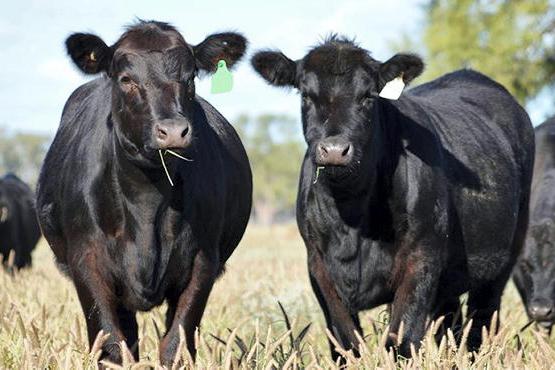
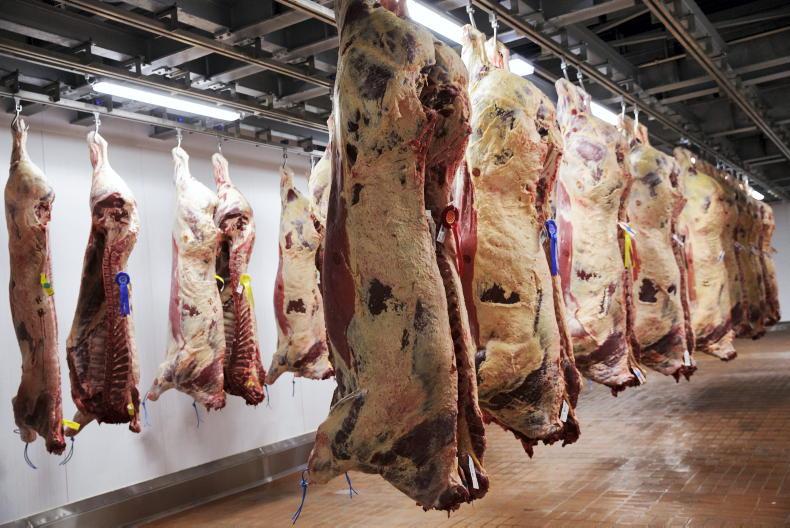
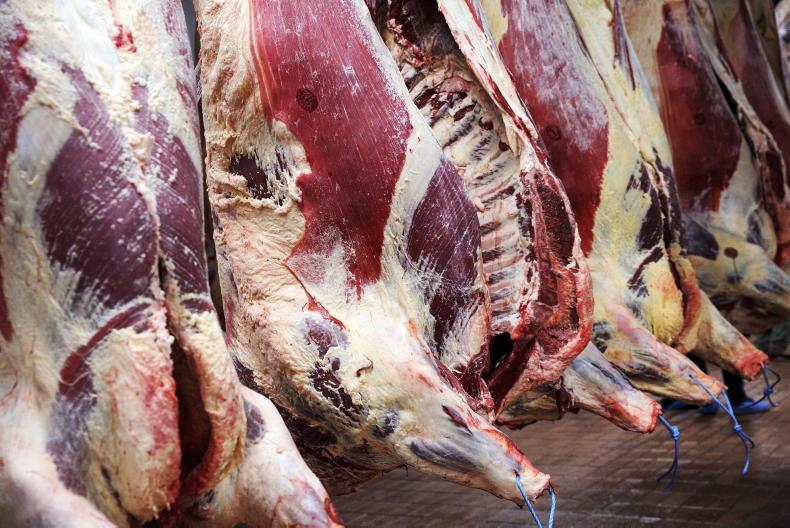
SHARING OPTIONS